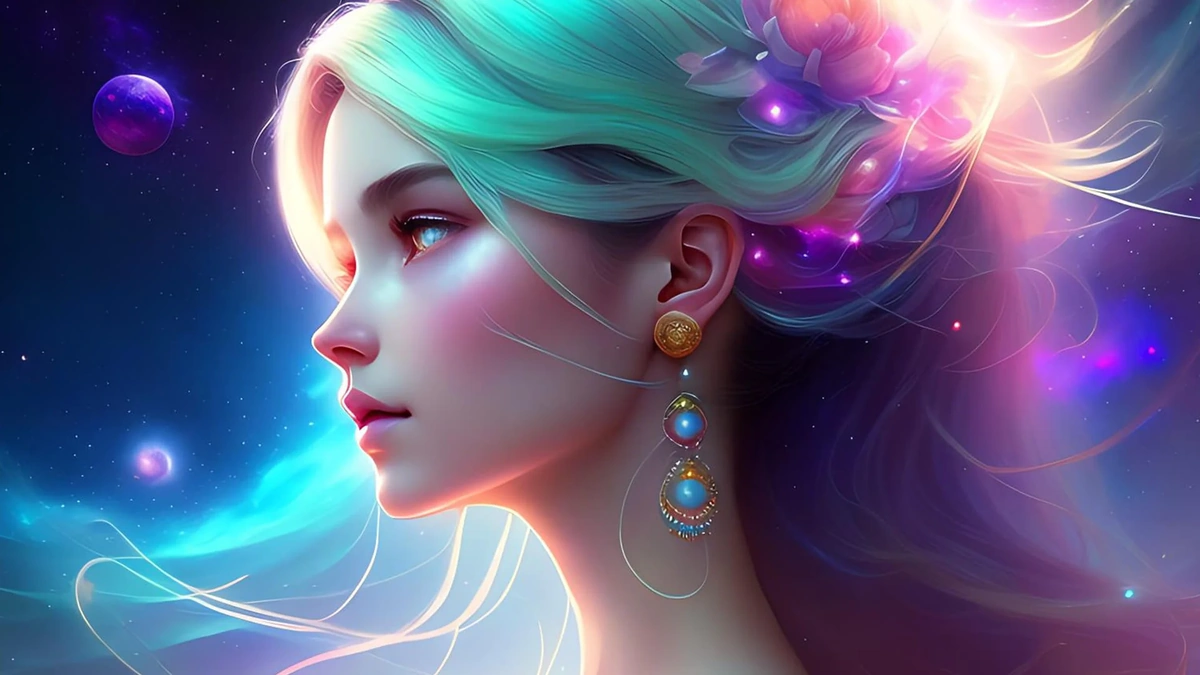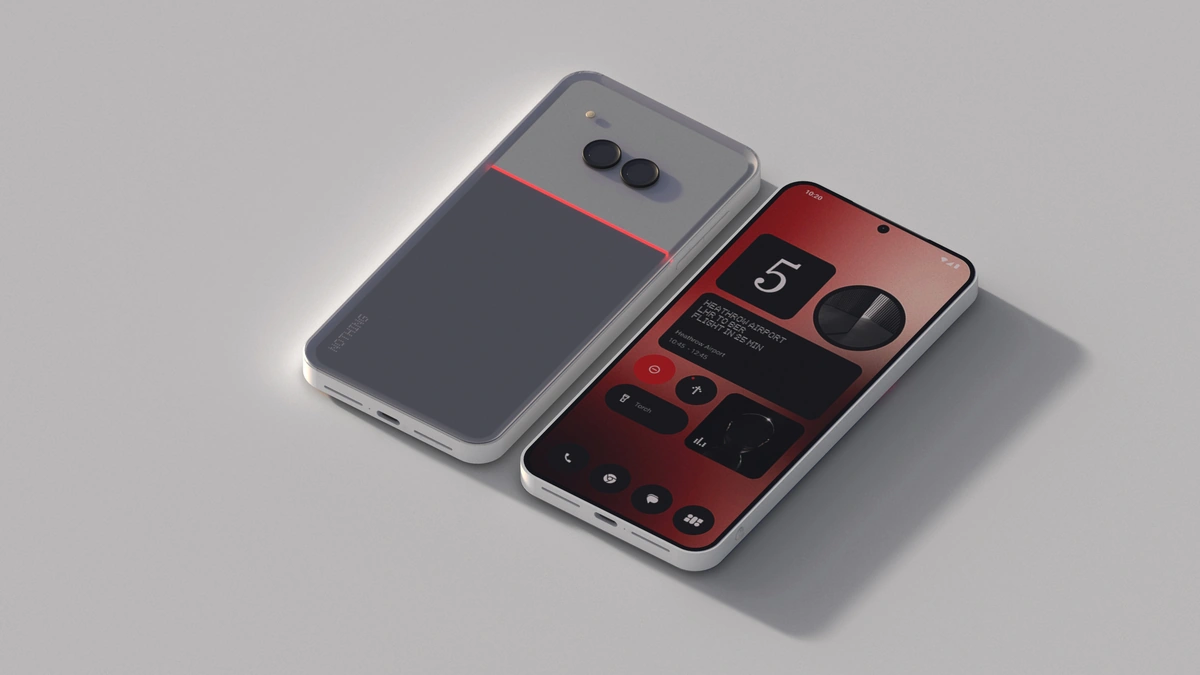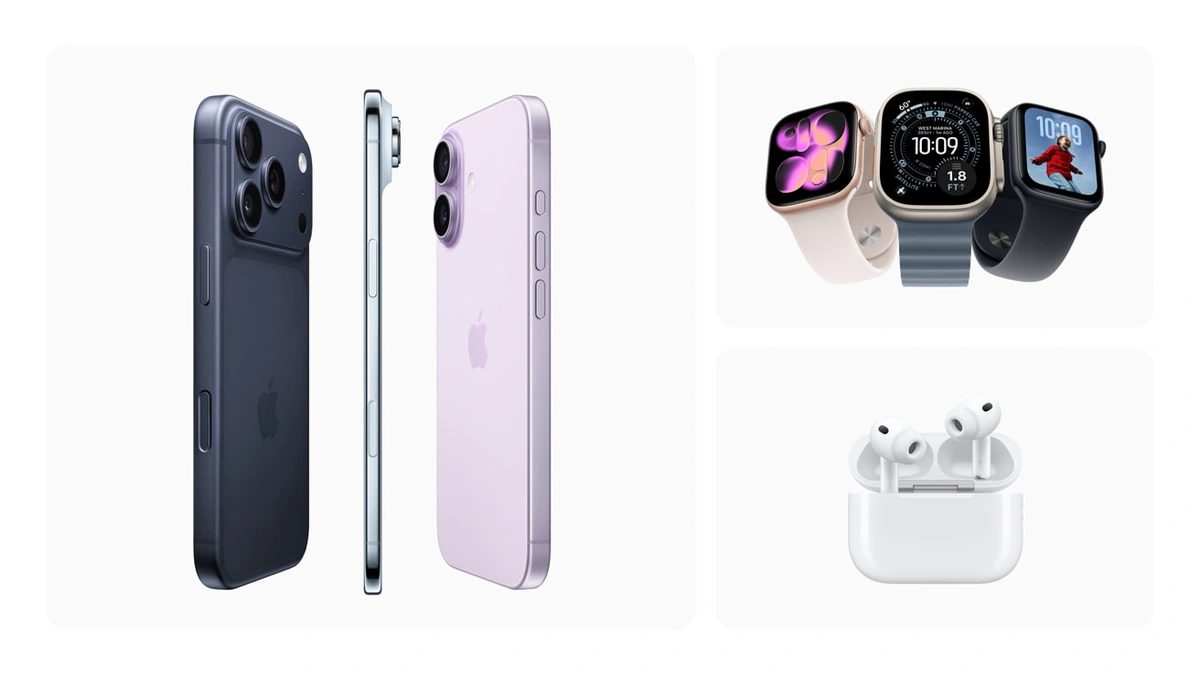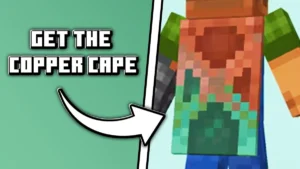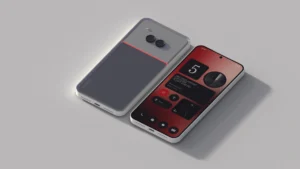Microsoft Enters AI Image Generation with MAI-Image-1
Okay, folks, let’s talk about something genuinely cool. Microsoft , yes, that Microsoft, is jumping headfirst into the AI image generation game with something called MAI-Image-1 . But – and this is a big ‘but’ – why should you, sitting there in India, really care? It’s not just another tech announcement; it signals a fundamental shift in how we’ll create and consume visual content. This isn’t just about creating fancy wallpapers; it’s about democratizing design and opening up creative possibilities for everyone. Let’s explore.
The “Why” | Why MAI-Image-1 Matters for India
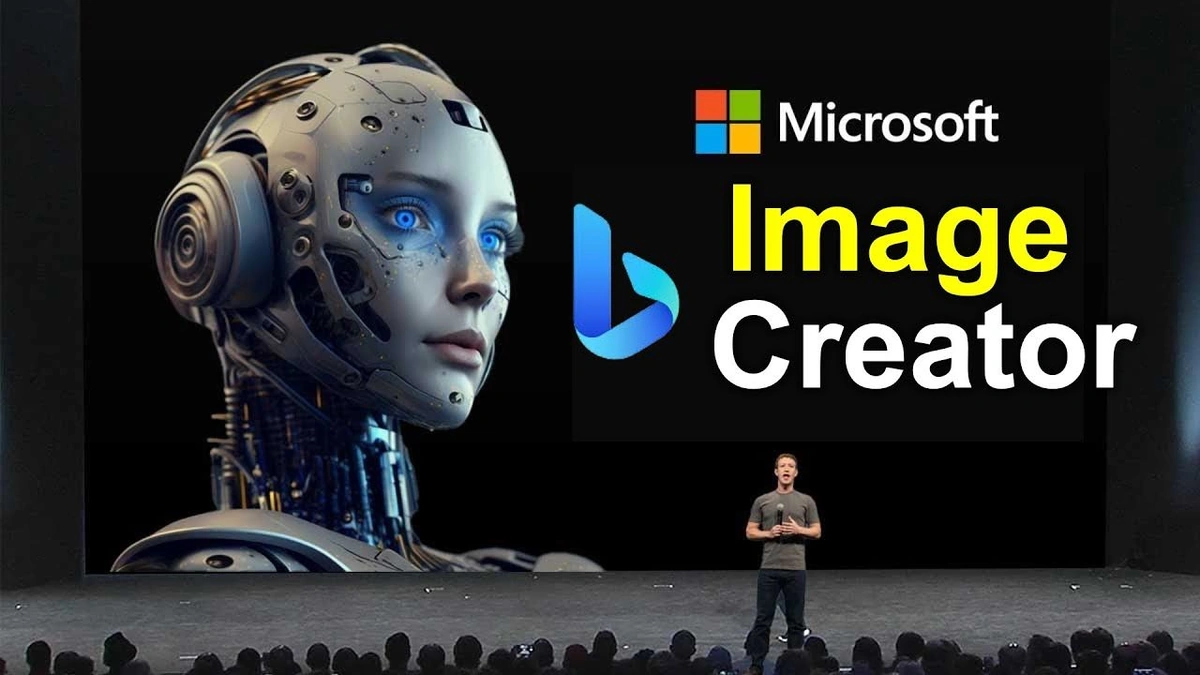
Here’s the thing: AI image generation is no longer a futuristic fantasy. It’s here, and it’s becoming increasingly accessible. But why does Microsoft’s entry matter specifically to India? Well, consider this: India is a nation brimming with entrepreneurs, artists, and small businesses, many of whom lack the resources for professional design tools or the budget to hire graphic designers. MAI-Image-1, or tools like it, has the potential to level the playing field. Imagine a small business owner in Jaipur creating stunning marketing materials without needing to master Photoshop. Or a student in Chennai illustrating their research paper with custom visuals. This is the power of accessible AI.
But it goes deeper than that. India also boasts a rich tapestry of artistic traditions, from intricate textile designs to vibrant folk art. AI image creators can provide a new medium for exploring and reinterpreting these traditions, blending the old with the new in exciting ways. What fascinates me is how this technology can be used to preserve and promote India’s cultural heritage on a global scale.
How to Think About AI Image Generation (Beyond the Hype)
Let’s be honest: there’s a lot of hype surrounding AI. It’s easy to get caught up in the buzzwords and forget what these tools are actually for. So, let me rephrase that for clarity: AI image generation is about augmenting human creativity, not replacing it. Think of it as a powerful collaborator that can help you bring your ideas to life.
The key is to understand how to use these tools effectively. It’s not enough to simply type in a vague prompt and hope for the best. You need to learn how to craft precise, detailed instructions that guide the AI in the right direction. This requires a combination of technical skill and artistic vision.
A common mistake I see people make is expecting instant perfection. AI image generators are still under development, and they often produce unexpected or even bizarre results. The real magic happens when you embrace the iterative process, experimenting with different prompts and refining your creations over time. It’s a bit like learning a new instrument; it takes practice and patience to master.
MAI-Image-1 | What We Know So Far
Okay, so what exactly is MAI-Image-1? Details are still emerging, but here’s what we know so far. It’s a Microsoft AI initiative, meaning it will likely integrate seamlessly with existing Microsoft products like Office 365 and Azure. This could be a game-changer for businesses that already rely on these platforms. Imagine being able to create custom illustrations directly within PowerPoint or generate product mockups in Word. The possibilities are endless. And , AI Model are very essential when it comes to generating images.
One of the most exciting aspects of MAI-Image-1 is its potential for customization. Microsoft is likely to offer a range of options for controlling the style, content, and resolution of the generated images. This will allow users to tailor the AI to their specific needs and preferences. It also seems likely that Microsoft will prioritize responsible AI development, addressing concerns about bias and misinformation.
The Ethical Considerations | A Word of Caution
But let’s not get carried away. With great power comes great responsibility, and AI image generation technology raises some important ethical questions. One of the biggest concerns is the potential for misuse. It’s easy to imagine how these tools could be used to create deepfakes, spread misinformation, or generate harmful content. This is why it’s crucial to develop robust safeguards and promote responsible use.
Another concern is the impact on artists and designers. Will AI image creators eventually replace human creatives? The answer is likely no, but it’s important to acknowledge that these tools could disrupt the creative industries. It’s up to us to find ways to integrate AI into the creative process in a way that empowers artists and designers, rather than undermining them.
Future Trends | What’s Next for AI Image Generation?
So, what does the future hold for AI image generation? I initially thought this was straightforward, but then I realized it is rapidly evolving. Here are a few trends to watch out for:
Increased realism: AI-generated images are becoming increasingly realistic, blurring the lines between what’s real and what’s fake.
Greater customization: AI tools are becoming more customizable, allowing users to fine-tune every aspect of the image generation process.
Integration with other technologies: AI image generation is being integrated with other technologies, such as augmented reality and virtual reality.
Democratization of design: AI is making design more accessible to everyone, regardless of their technical skills or artistic abilities. And price is also one of the key factors.
Ultimately, the success of AI image generation will depend on how we choose to use it. If we embrace it as a tool for creativity, innovation, and empowerment, it has the potential to transform our world in profound ways. But if we allow it to be used for harmful purposes, it could have devastating consequences. The choice is ours.
FAQ
What exactly is AI image generation?
It’s the process of using artificial intelligence to create images from text prompts or other inputs.
How does Microsoft’s MAI-Image-1 compare to other AI image generation tools?
Details are still emerging, but it’s likely to integrate seamlessly with Microsoft products and prioritize responsible AI development.
What are the ethical considerations of using AI image creators?
Concerns include the potential for misuse, the impact on artists and designers, and the spread of misinformation.
Can AI image generation technology replace human artists?
Unlikely, but it could disrupt the creative industries and change how artists work.
What skills do I need to effectively use AI image generators?
A combination of technical skill and artistic vision is required to craft precise prompts and refine the generated images.
Where can I learn more about AI image generation?
Follow tech blogs, attend webinars, and experiment with different AI tools to gain experience.
